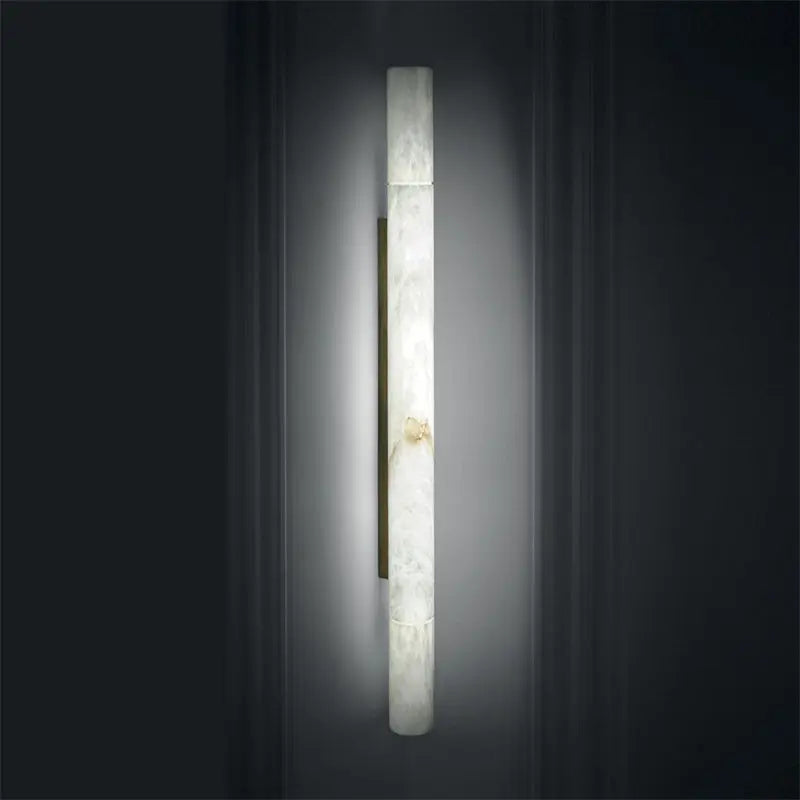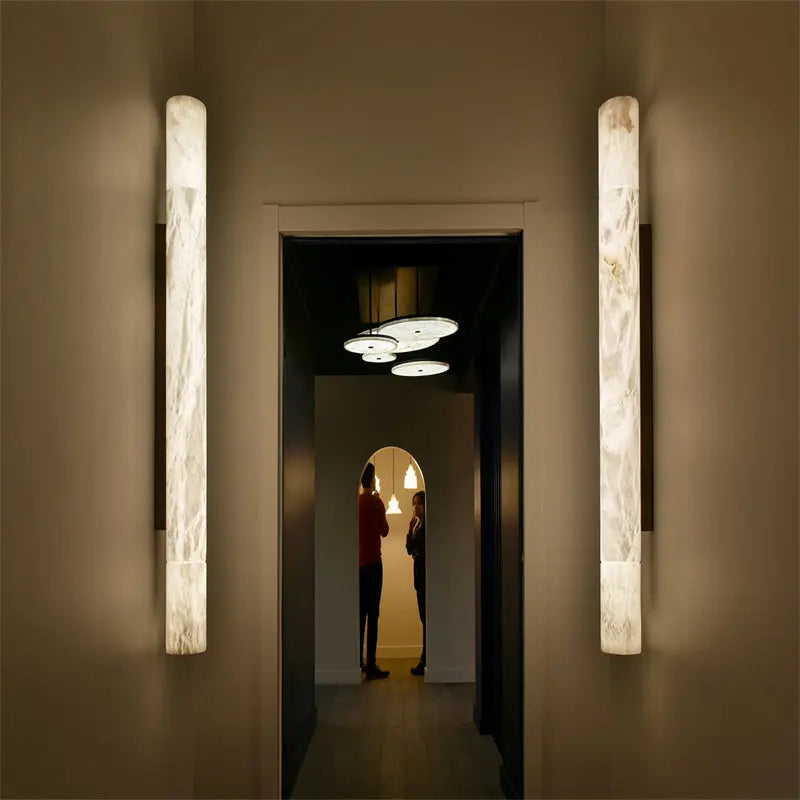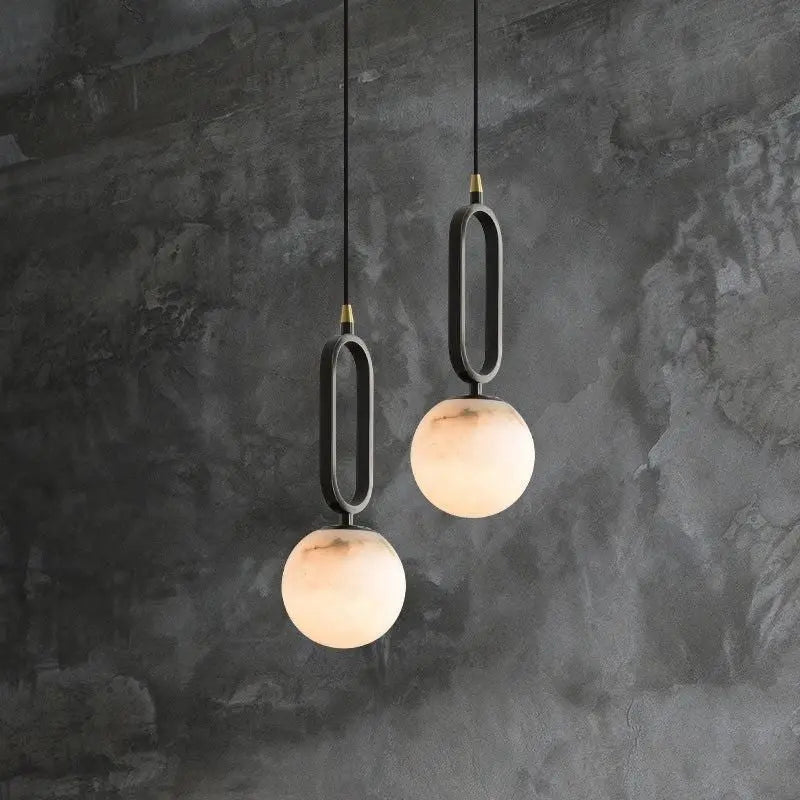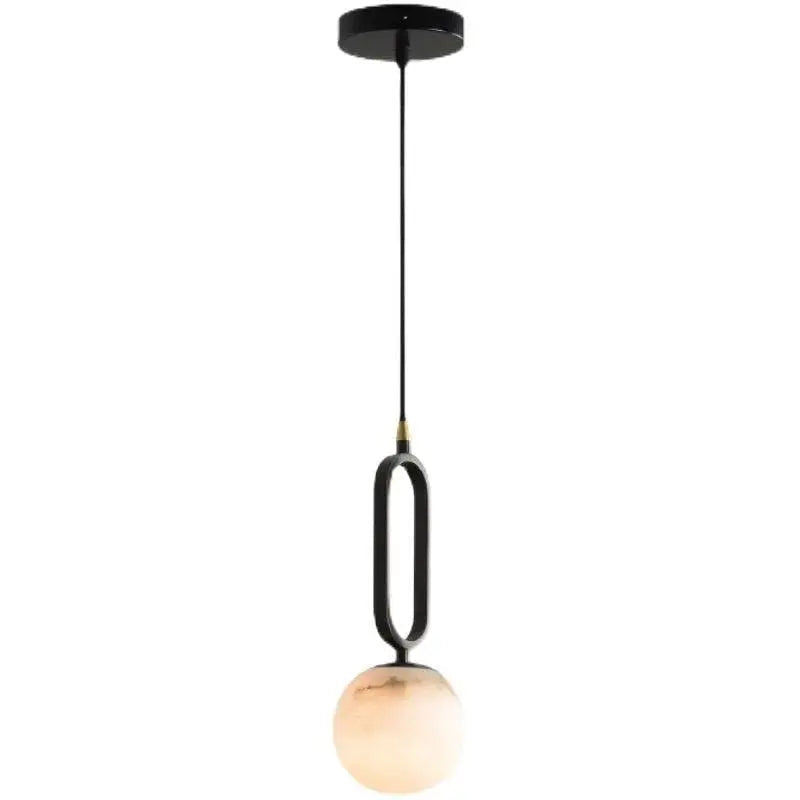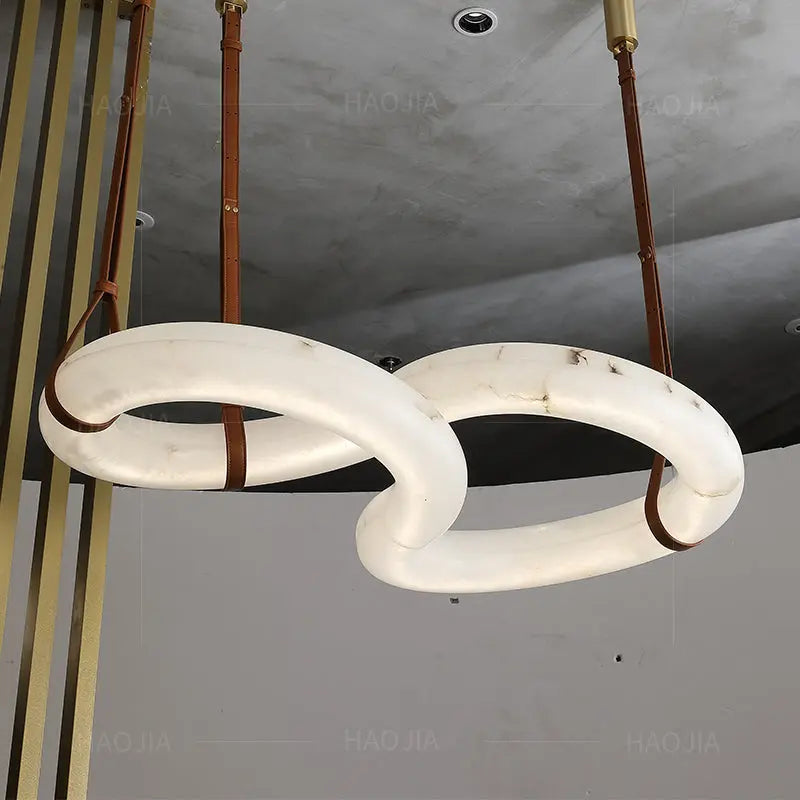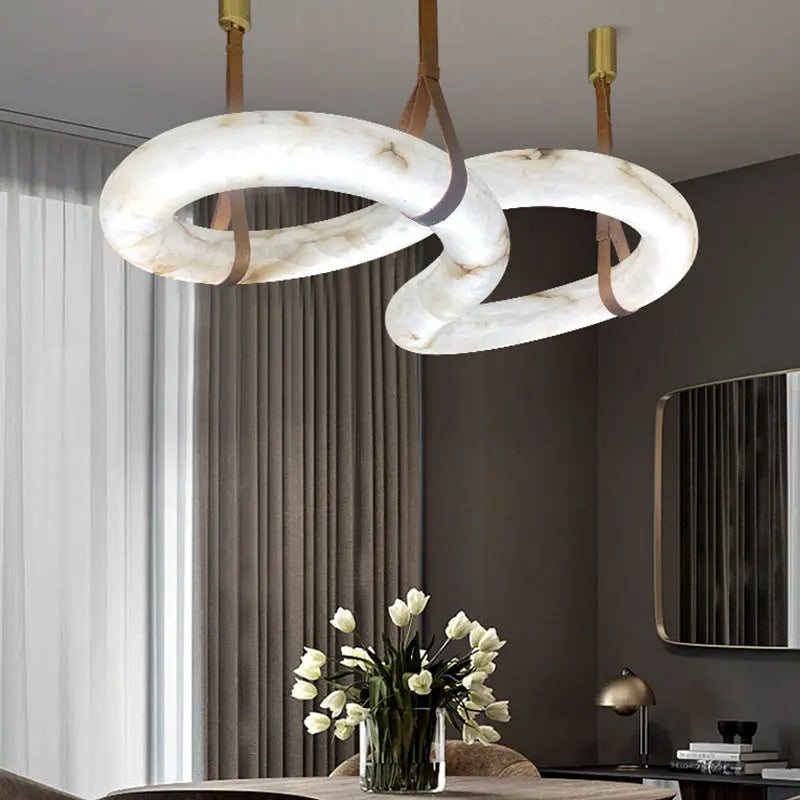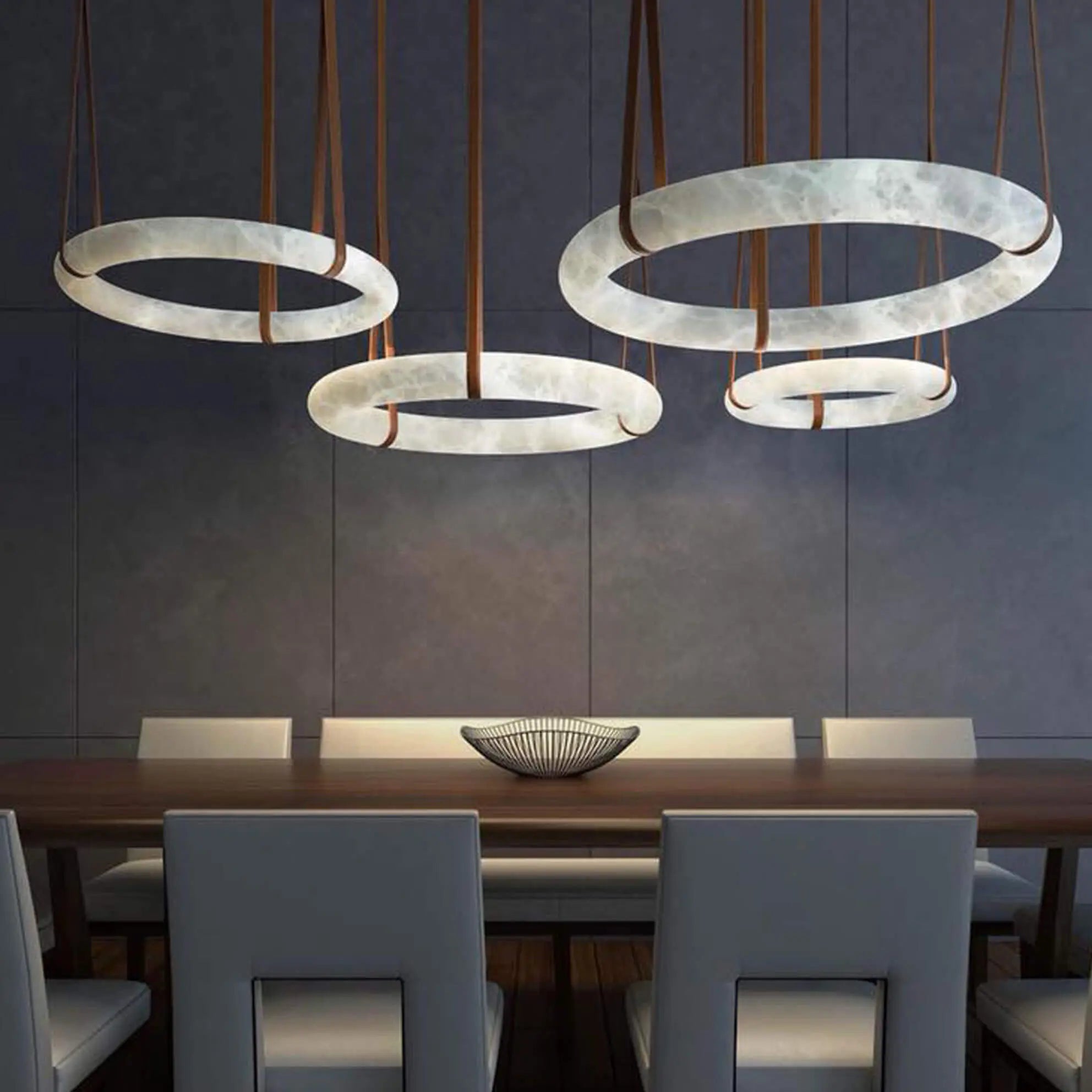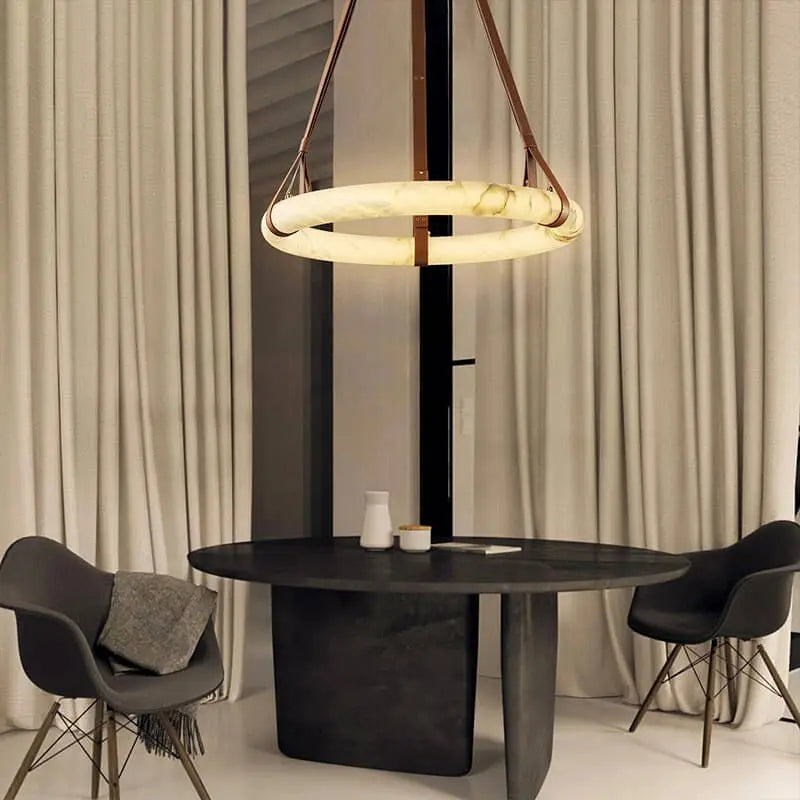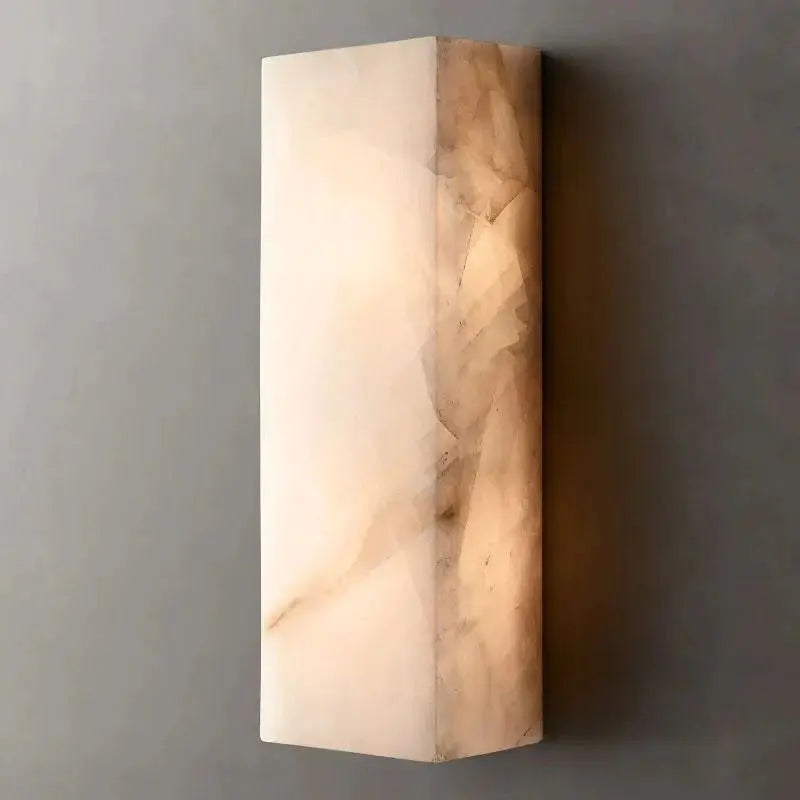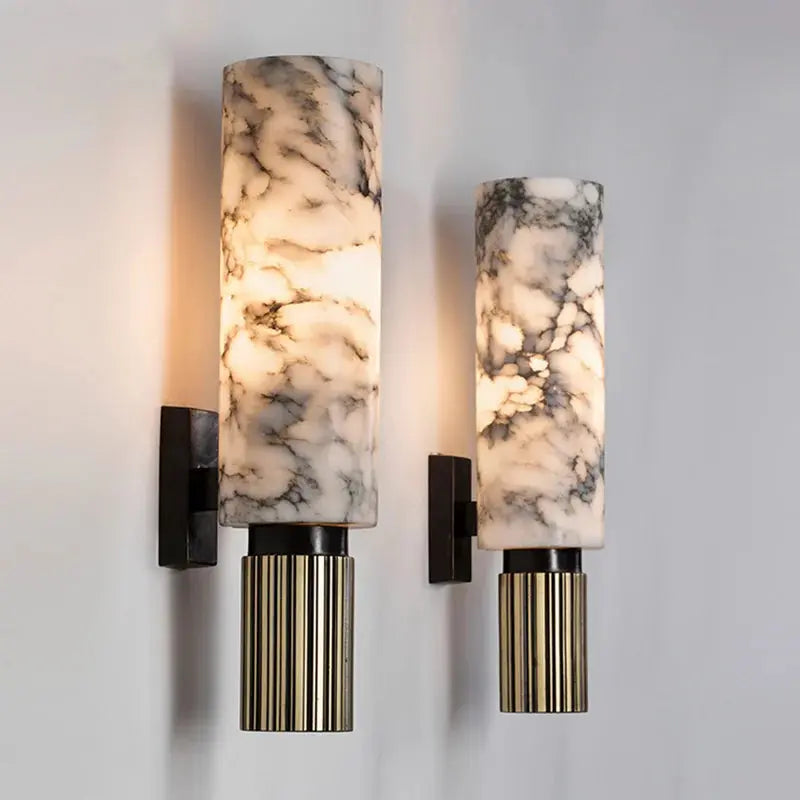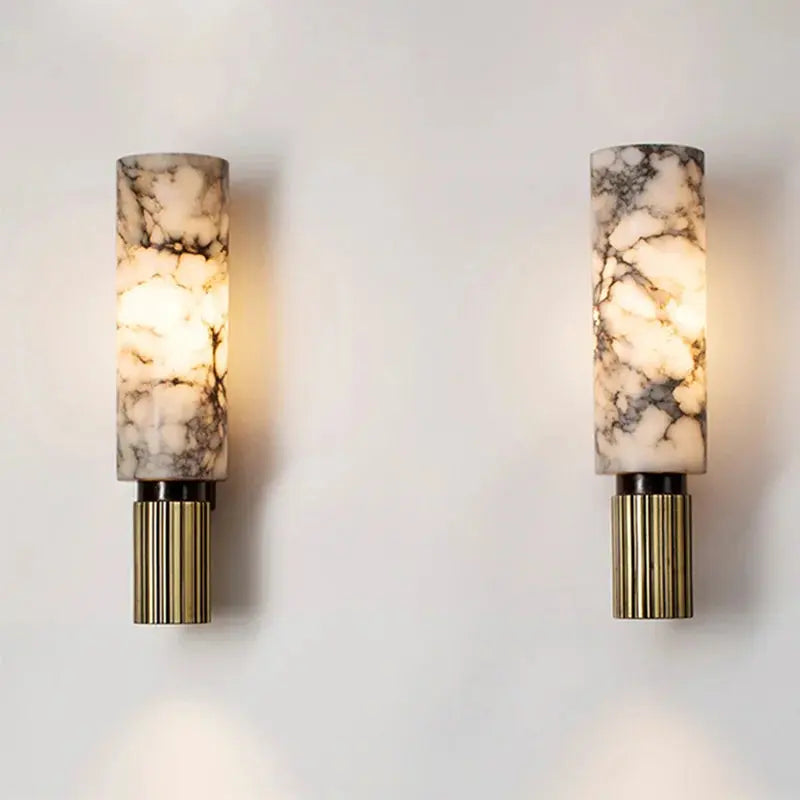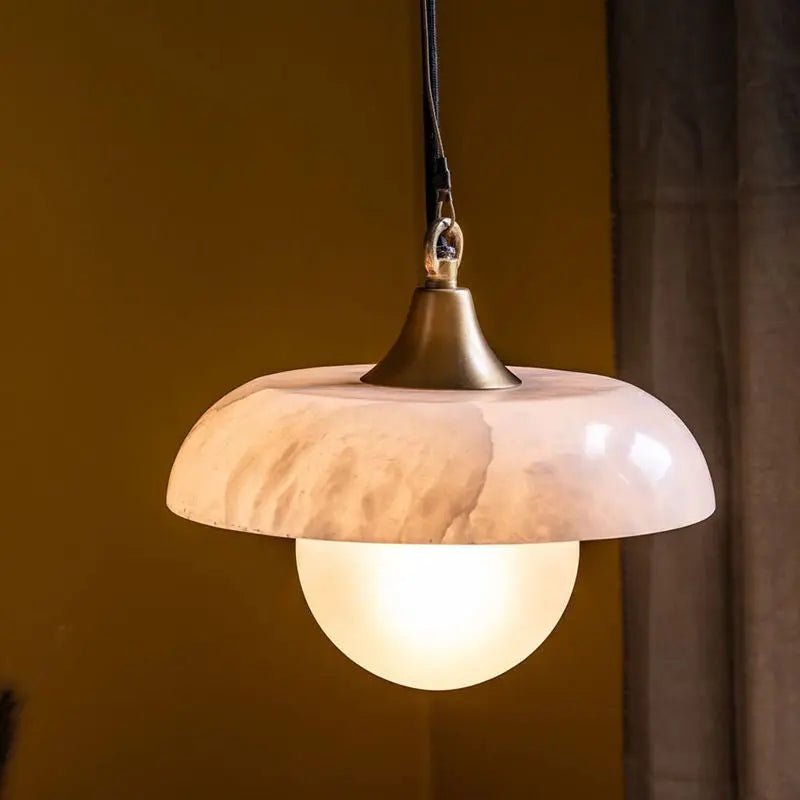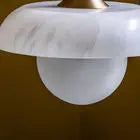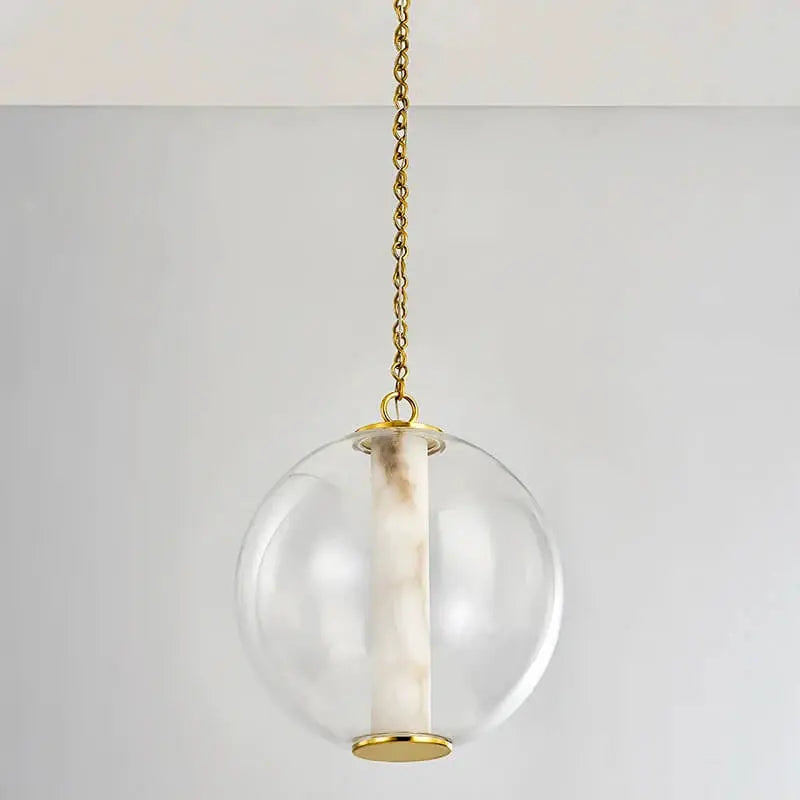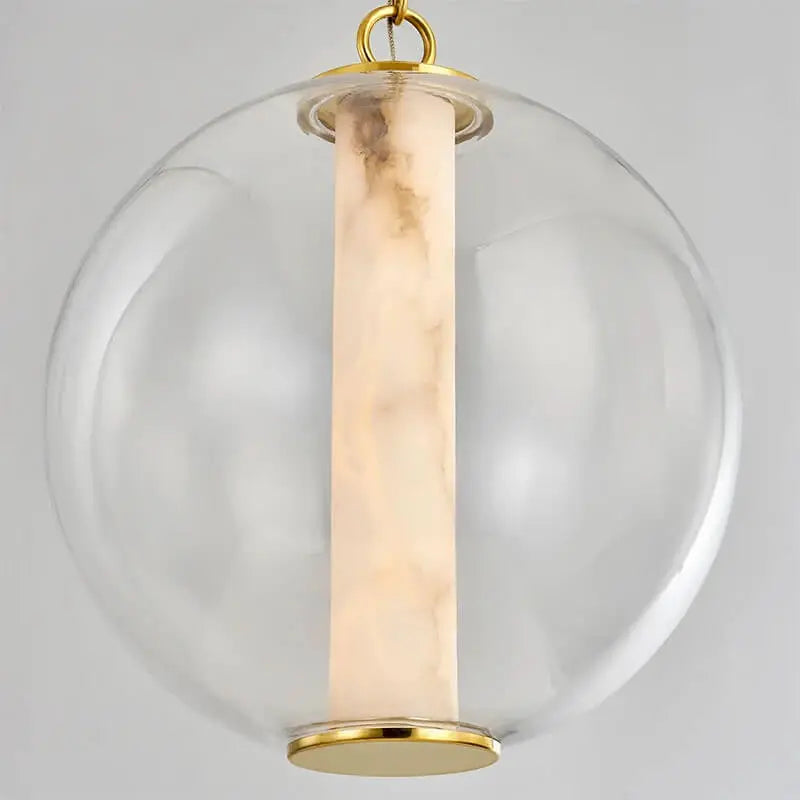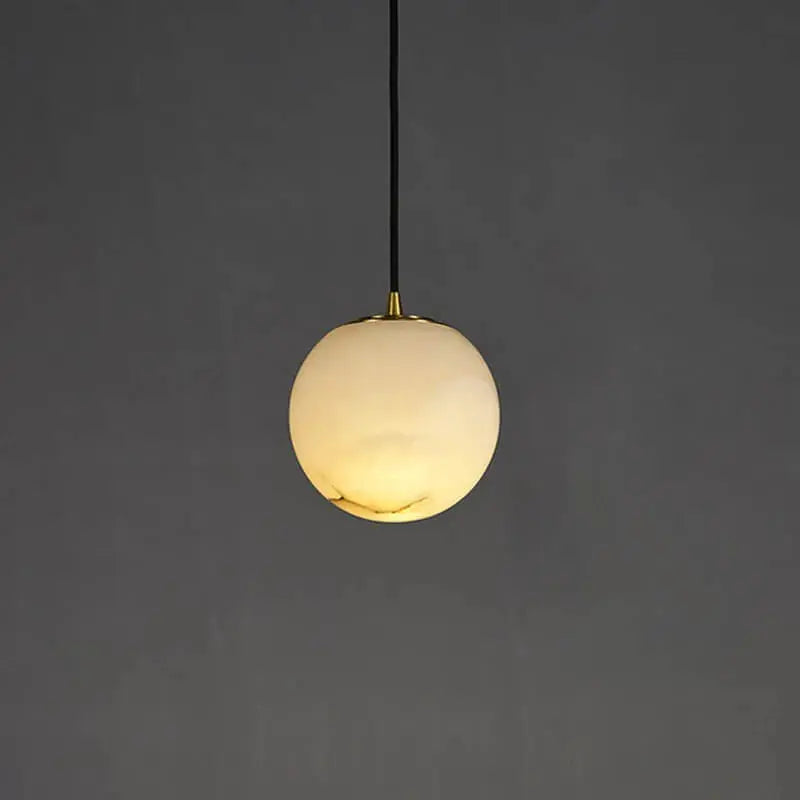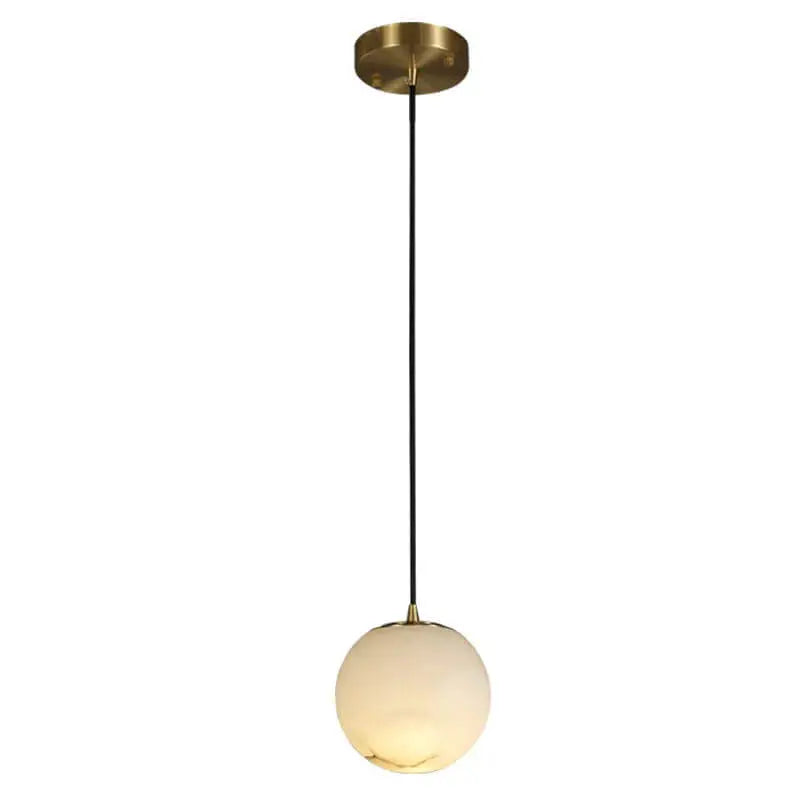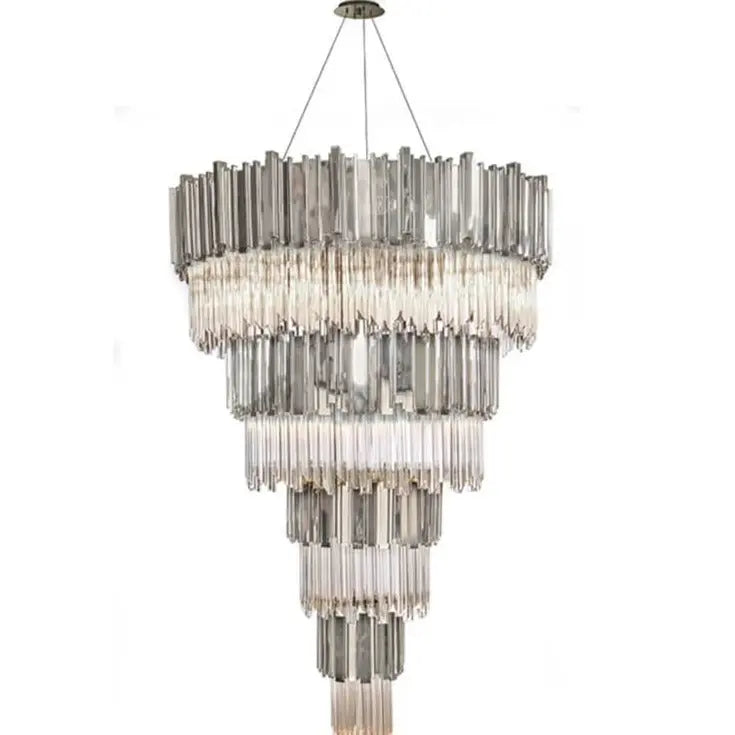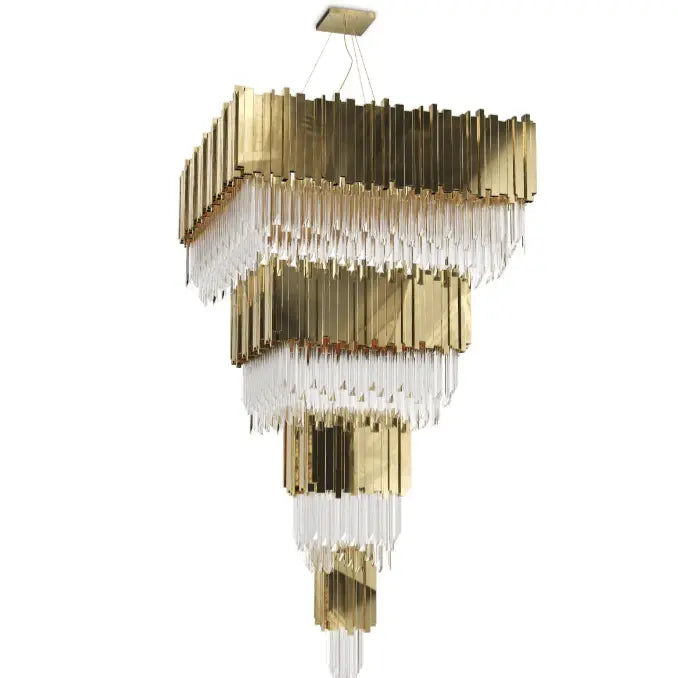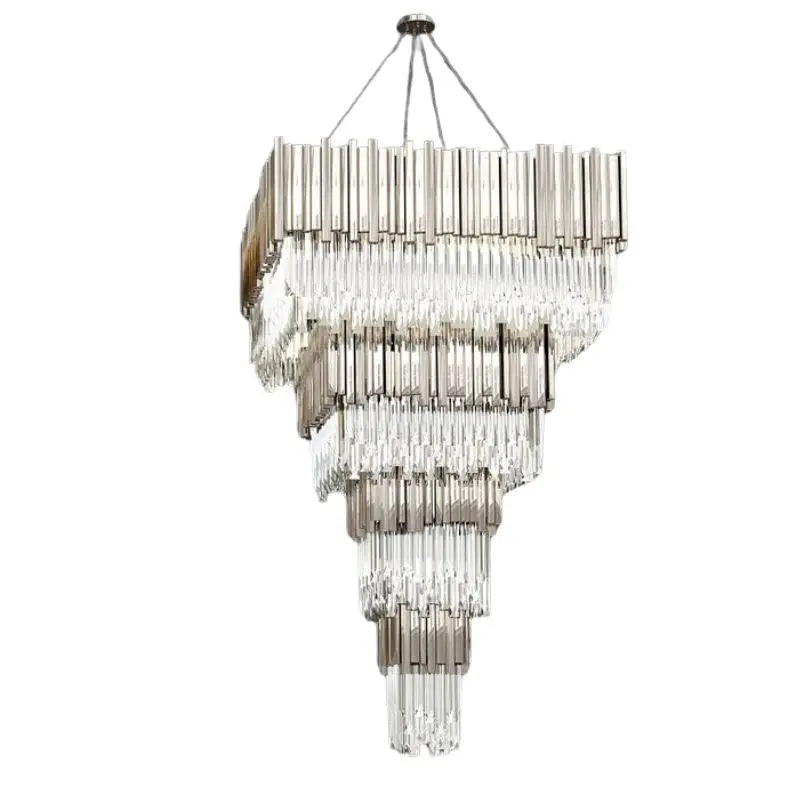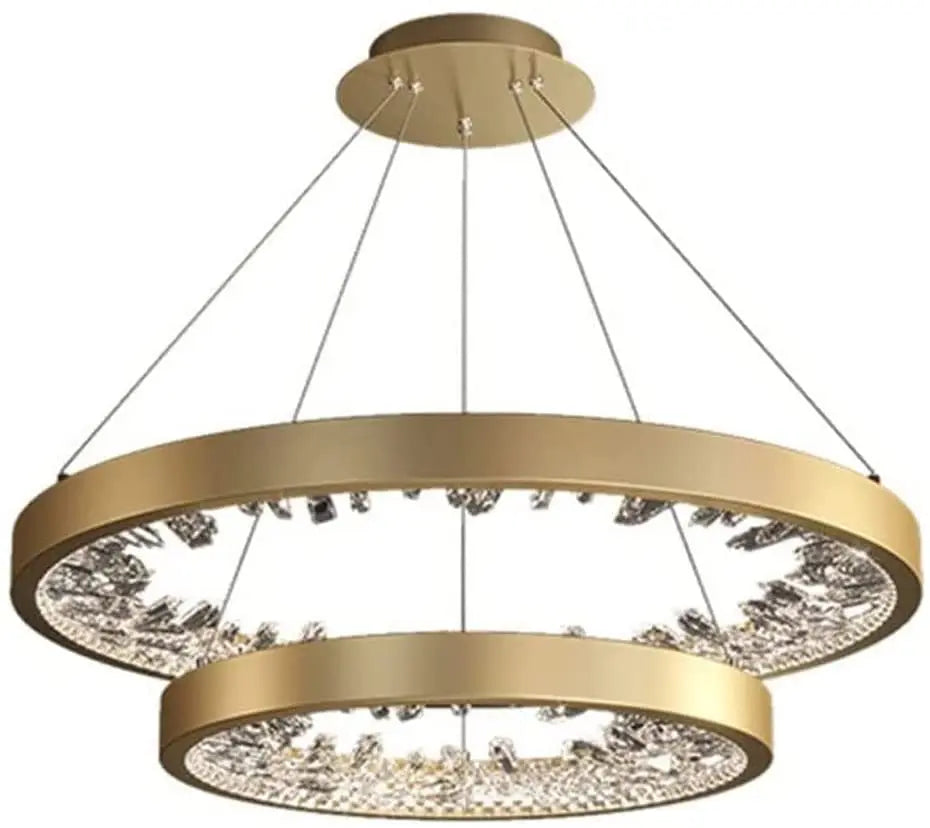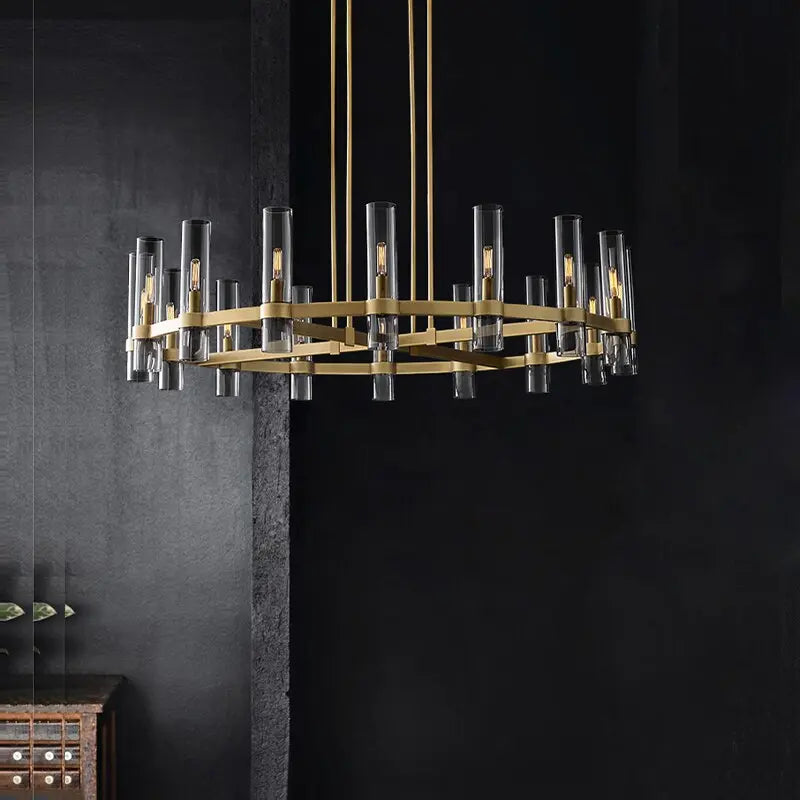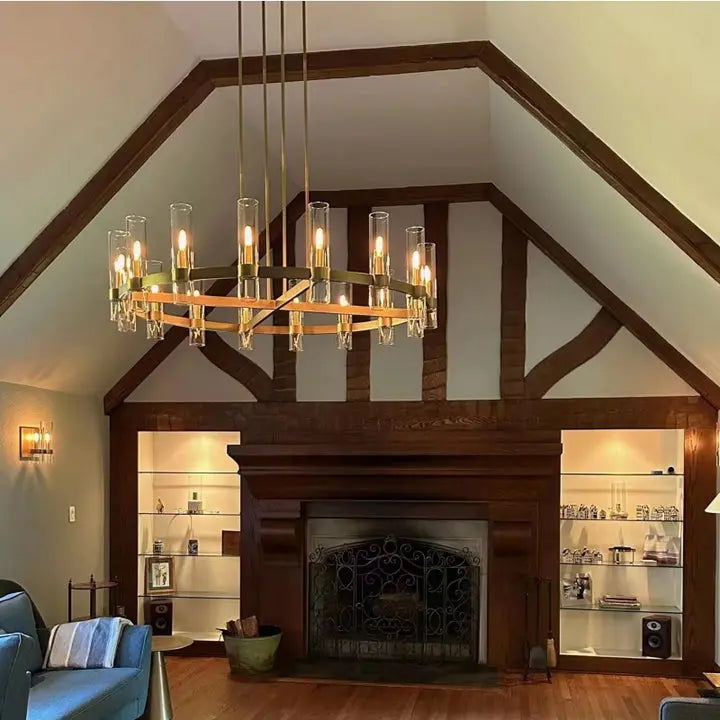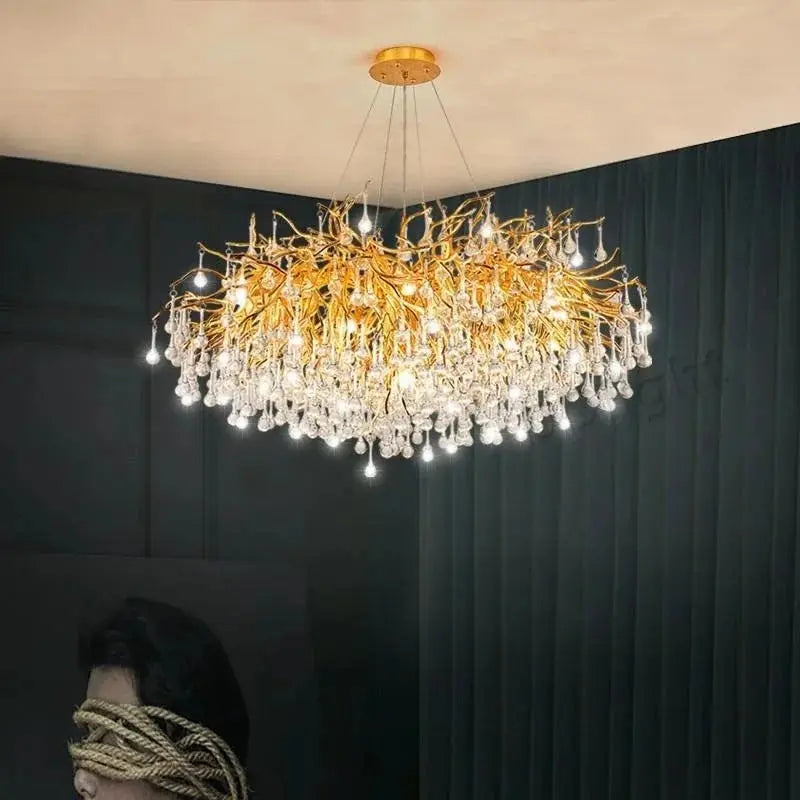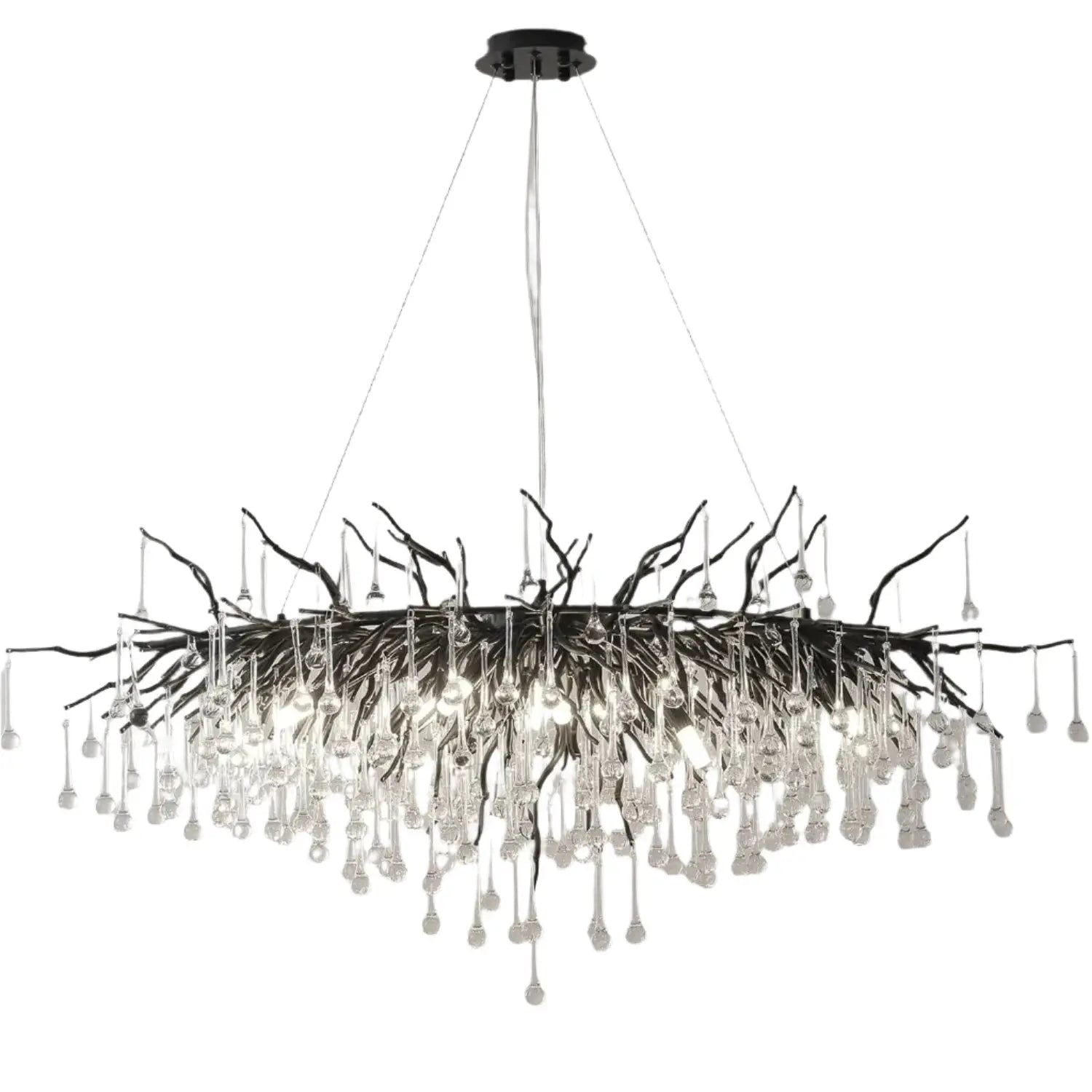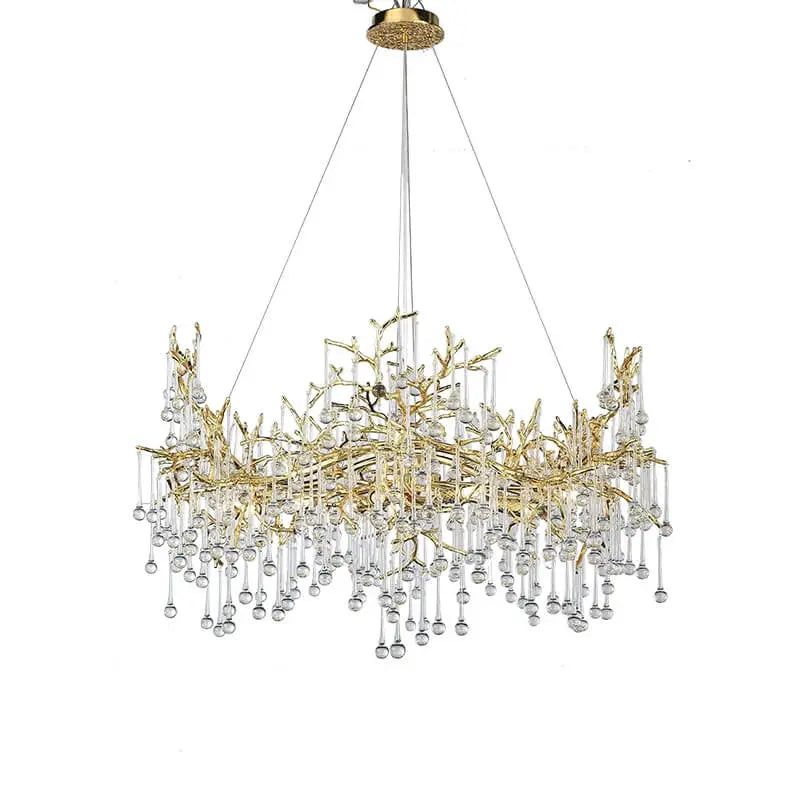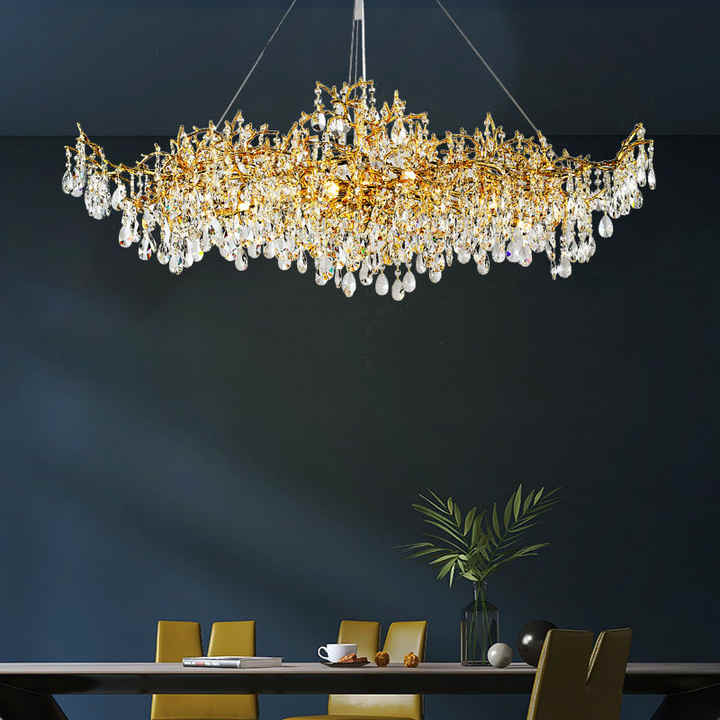Choosing the right chandelier weight is key to ensuring it fits your space and is safely supported. Chandeliers come in various materials and designs, each affecting their weight differently. Whether you're going for a classic crystal look or a modern metal style, understanding chandelier weight can make all the difference in your home decor. Let's break down what you need to know before making your selection.
Key Takeaways
- The weight of a chandelier is influenced by its material, design, and size.
- Heavier chandeliers need stronger ceiling support to ensure safety.
- Different materials like crystal, metal, and wood each have unique weight properties.
- Consider the height and size of the room when choosing chandelier weight.
- Always check safety guidelines for installing heavier fixtures.
Understanding Chandelier Weight
Importance of Weight in Chandelier Selection
When you're picking out a chandelier, the weight is a bigger deal than you might think. It's not just about whether you like the look of it. The weight directly impacts how safe and secure the installation will be. A too-heavy chandelier can strain your ceiling, leading to potential damage or, worse, a collapse. Plus, the weight affects the type of support you'll need, which can add to the overall cost and complexity of the project. So, before you fall in love with a particular design, make sure your ceiling can actually handle it. Think about the chandelier's design and how it fits into your space.
How Weight Affects Installation
The weight of a chandelier dictates a lot about the installation process. For example:
- Ceiling Support: Heavier chandeliers often require additional support, like bracing or reinforcement, within the ceiling structure.
- Hardware: You'll need heavy-duty chains, hooks, and mounting hardware designed to handle the specific weight of the fixture.
- Electrical: The wiring needs to be appropriate for the chandelier's weight and electrical demands. A professional electrician can ensure everything is up to code and safe.
Ignoring the weight can lead to serious problems down the line. It's better to be proactive and ensure your ceiling can handle the load than to deal with costly repairs or safety hazards later on.
Common Misconceptions About Chandelier Weight
There are a few common misunderstandings about chandelier weight that can lead to problems. People often assume that:
- All ceilings are created equal: Not true! Some ceilings are stronger than others, depending on the construction materials and techniques used.
- A slightly heavier chandelier is no big deal: Even a few extra pounds can put undue stress on the ceiling over time.
- If it hangs, it's fine: Just because a chandelier is hanging doesn't mean it's safely supported. It could be slowly damaging the ceiling structure. Always check the ceiling support before installation.
Material Selection and Its Impact on Weight
Comparing Crystal and Metal Chandeliers
When it comes to chandeliers, the materials they're made from have a HUGE impact on their weight. Crystal and metal chandeliers are two of the most popular choices, but they differ significantly in terms of weight. Crystal chandeliers, especially those made with lead crystal, tend to be heavier due to the density of the material. This means you'll need to ensure your ceiling can handle the extra load. Metal chandeliers, on the other hand, can vary in weight depending on the type of metal used. Aluminum will be lighter than iron, for example. When considering metal chandeliers, think about the specific metal and its density.
The Role of Wood in Chandelier Weight
Wood offers a lighter alternative to crystal and many metals. Wooden chandeliers can bring a rustic or natural feel to a space, and their lighter weight makes them easier to install in some situations. However, the type of wood matters. A chandelier made from dense hardwood will still be heavier than one made from a lighter wood like balsa. Also, keep in mind that wood might require more maintenance to protect it from moisture and pests. When thinking about chandelier weight, wood is a good option to consider.
Acrylic Chandeliers: Lightweight Options
For those looking for an even lighter option, acrylic chandeliers are worth considering. Acrylic is a synthetic material that mimics the look of crystal but weighs significantly less. This makes acrylic chandeliers a great choice for ceilings that can't support a lot of weight. While they might not have the same sparkle as real crystal, acrylic chandeliers can still add a touch of elegance to a room without the added weight burden. Plus, they're often more affordable. Here's a quick comparison:
- Crystal: Heavy, high sparkle, expensive
- Metal: Variable weight, durable, range of styles
- Wood: Lightweight, rustic look, requires maintenance
- Acrylic: Very lightweight, affordable, less sparkle
Choosing the right material is about more than just aesthetics. It's about ensuring the safety and longevity of your chandelier installation. Always check the weight capacity of your ceiling before making a purchase.
Design Complexity and Chandelier Weight
Intricate Designs vs. Simple Styles
When you're picking out a chandelier, it's easy to get caught up in how it looks. But the design itself has a big impact on how much the thing weighs. Intricate designs, with lots of arms, crystals, or other decorative elements, will almost always weigh more than simpler ones. Think about it: more parts mean more weight. A minimalist chandelier with clean lines will be much easier to handle than a Victorian-era style piece dripping with ornamentation.
How Design Affects Support Needs
The more complex the design, the more support it's going to need. A heavy, elaborate chandelier puts a lot of stress on your ceiling. You'll need to make sure your ceiling can handle the load. This might mean reinforcing the joists or using a special mounting bracket. Simple designs, on the other hand, are much more forgiving. They distribute the weight more evenly and don't require as much structural support. It's all about understanding the relationship between design and the chandelier's weight.
Balancing Aesthetics and Functionality
It's tempting to go for the most stunning, eye-catching chandelier you can find. But you also need to think about practicality. A super heavy chandelier might look amazing, but if it's too much for your ceiling, it's not a good choice. You need to find a balance between what looks good and what's safe and functional. Consider the room's size, the ceiling height, and the overall style when making your decision. Don't sacrifice safety for aesthetics.
Choosing a chandelier is about more than just looks. It's about understanding the weight, the support it needs, and how it fits into your space. Think about the design, the materials, and the installation before you make a final decision.
Calculating Chandelier Weight for Safety
Weight to Force Conversion Basics
To figure out if your ceiling can handle a chandelier, you can't just think about weight; you need to think about force. Weight turns into force because of gravity. To get the force in newtons, you multiply the weight (in pounds) by a conversion factor (4.448). So, a 400-pound chandelier exerts about 1779.2 newtons of force. This force conversion is important to know.
Understanding Stress and Safety Factors
When you're figuring out if a chandelier is safe, you have to think about safety factors. Basically, you want to make sure the material can handle way more stress than it will actually experience. For example, if a material can handle 250 MPa (a unit of stress) and you want a safety factor of 4, you only allow 62.5 MPa of stress. This safety factor ensures that even with unexpected loads, the chandelier won't break.
Component Forces in Chandelier Support
If the chandelier hangs from rods or chains at an angle, the force gets split into components. Imagine two rods holding a chandelier at a 45-degree angle. Each rod supports half the weight. If the force in either rod goes over the maximum allowable force, the chandelier is too heavy. It's all about component forces and making sure each part can handle its share of the load.
It's important to understand how weight translates to force and how that force is distributed across the chandelier's support structure. This helps you choose a chandelier that's both beautiful and safe for your home.
Choosing the Right Chandelier for Your Space

Assessing Room Size and Ceiling Height
When picking a chandelier, the size of your room and how high your ceiling is are super important. You don't want a tiny chandelier lost in a huge room, or a massive one that overwhelms a small space. A good rule of thumb is to add the length and width of your room in feet, and that number in inches will give you a good diameter for your chandelier.
For ceiling height, make sure there's enough clearance. You don't want people bumping their heads! Here's a quick guide:
- 8-foot ceilings: Chandelier should be no more than 20 inches tall.
- 9-foot ceilings: You can go up to 25 inches.
- 10-foot ceilings or higher: Feel free to choose taller chandeliers, but always consider the room's proportions.
Matching Chandelier Weight to Room Style
Think about the style of your room. Is it modern, traditional, or something else? A super ornate crystal chandelier might look out of place in a minimalist apartment. Similarly, a sleek, modern fixture might not fit in a Victorian-style home. The chandelier's style should complement the existing decor, not clash with it.
It's not just about aesthetics, though. The weight of the chandelier also needs to match the room's structure. An old house might not be able to support a super heavy chandelier, so you'll need to consider lighter options or reinforce the ceiling.
Safety Considerations for Heavy Chandeliers
Safety first! If you're considering a heavy chandelier, you absolutely need to make sure your ceiling can handle it. This might mean getting a professional to inspect the ceiling support and reinforce it if necessary. Here are some things to keep in mind:
- Check the weight rating of your existing electrical box. It's usually stamped on the box itself.
- If the chandelier weighs more than the box is rated for, you'll need to replace it with a heavier-duty one or add additional support.
- Consider using a chain or cable to distribute the weight more evenly.
Installation Considerations for Chandelier Weight
Ensuring Proper Ceiling Support
Okay, so you've picked out this amazing chandelier, but hold on a sec! Before you even think about hanging it, you have to make sure your ceiling can actually handle the weight. This is super important for safety. I mean, nobody wants a chandelier crashing down, right? Check the ceiling structure to see if it's strong enough. If you're not sure, get a professional to take a look. Seriously, don't skip this step.
Wiring and Electrical Safety
Alright, let's talk about wires. First things first: turn off the power at the breaker! I can't stress this enough. If you're just swapping out an old light, you can probably use the existing wires. But if you're putting a chandelier where there wasn't one before, you'll need to run new wires and install a new electrical box. Make sure the electrical box is sturdy enough to hold the chandelier, especially if it's a heavy one. If it's over 50 pounds, you'll need a special box designed for heavy fixtures.
Height Guidelines for Optimal Impact
Where you hang your chandelier makes a big difference. Too high, and it looks weird. Too low, and people will bump their heads. As a general rule, the bottom of the chandelier should be about 30 to 34 inches above a dining table. In a hallway or living room, aim for at least 7 feet off the floor. These are just guidelines, though. You might need to adjust the chandelier height based on the size of the room and the chandelier itself.
Remember, safety first! If you're not comfortable with any of this, call an electrician. It's better to be safe than sorry. Plus, a pro will make sure everything is done right, so you can enjoy your chandelier without worrying about it falling down or causing a fire.
Comparative Analysis of Common Chandelier Materials

Weight Characteristics of Crystal Chandeliers
Crystal chandeliers are often seen as the height of elegance. They're made from different kinds of crystal, including lead crystal, which is known for how it bends light and creates amazing effects. Crystal chandeliers crystal chandeliers collection are usually heavier than others because crystal is dense. You'll need a strong ceiling to hold them up safely.
Metal Chandeliers: Durability and Weight
Metal chandeliers can be made from iron, pewter, bronze, silver, and even gold. Brass is a popular choice because it looks like gold but is cheaper and easier to work with. Metal chandeliers are tough and can be designed in many styles, from simple to very detailed.
Wooden Chandeliers: A Lightweight Alternative
Wooden chandeliers give off a rustic, natural vibe, making them great for certain room styles. They're generally lighter than crystal and metal ones, so they're easier to put up. But, they might need more upkeep to keep them looking good. These chandeliers can be made from different woods, each with its own texture and color. They also tend to diffuse light softly, creating a warm and inviting atmosphere. When selecting a chandelier, consider not only its aesthetic appeal but also how it will interact with the room's existing decor and task lighting.
When choosing a chandelier, it's important to think about the material, not just how it looks, but also how much it weighs and what kind of support you'll need to install it safely.
Wrapping It Up
So, when it comes to picking the right chandelier for your space, weight really matters. You’ve got to think about what it’s made of—different materials like crystal, metal, or wood all weigh different amounts. Plus, the design and size play a big role too. Make sure your ceiling can handle whatever you choose, and don’t forget to check safety standards. In the end, knowing these things helps you find a chandelier that not only looks great but is also safe and sturdy in your home.
Frequently Asked Questions
What makes a chandelier heavy or light?
The weight of a chandelier depends on the materials it's made from, its size, and how complex its design is. Heavier materials and more detailed designs usually mean a heavier chandelier.
How do I figure out a chandelier's weight?
To find out how much a chandelier weighs, you need to know its mass and then multiply it by the force of gravity, which is about 9.8 m/s². This gives you the weight in newtons.
What are the most common materials used for chandeliers?
Chandeliers are often made from materials like crystal, metal, and wood. Each type of material has its own weight and look, affecting how the chandelier fits into your decor.
How can I tell if my ceiling can hold a heavy chandelier?
To make sure your ceiling can support a heavy chandelier, check the strength of the ceiling and follow safety guidelines. If you're unsure, it's a good idea to ask a professional for help.
What should I think about for safety when installing a chandelier?
When putting up a chandelier, consider how heavy it is and make sure the ceiling can support it. Also, check that the wiring is safe and meets local electrical codes.
What height should I hang my chandelier?
A good rule is to hang the bottom of the chandelier about 30 to 34 inches above a dining table and at least 7 feet above the floor in other rooms. Adjust the height based on the size of the room and chandelier.


